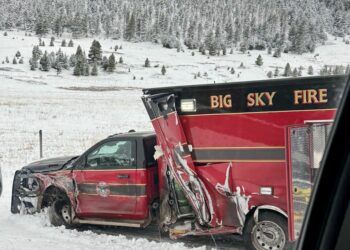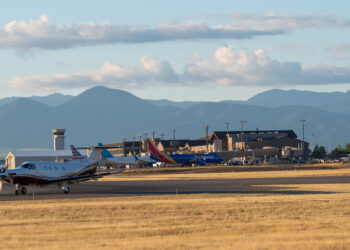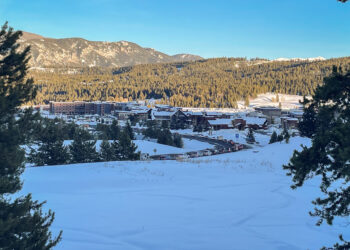Montana Fish, Wildlife and Parks
More than 1,250 landowners have enrolled nearly 8 million acres in the Montana Block Management Area hunting program this year.
Formally launched in 1985 and significantly enhanced in 1995, the BMA program gives the public access to hunt on enrolled private lands. More than 440,000 hunter days occur annually in these areas.
Here’s how it works:
Landowners develop contracts with FWP about how free public hunting may occur on enrolled lands. Every BMA contract is tailored to the specific ranch, and each landowner determines ranch rules specific to his or her property. Enrolled lands remain under the control of the private landowner, while the FWP enforces the rules.
Those rules specify how permission will be issued, whether hunter numbers are limited, which game birds or animals may be hunted, when the enrolled property is open to hunting, and what methods of travel may be allowed.
In return for enrolling land in the program, landowners may receive compensation and/or services to help in managing the hunting activities and to offset the impacts of allowing public hunting. Those impacts may include time spent dealing with hunters, increased costs of managing for noxious weeds, increased fire danger, maintaining roads and fences, and additional costs associated with managing livestock.
This sets Montana’s BMA program apart from several other Western states’ hunting access programs, where incentives are often directed toward helping landowners generate revenue from offering certain kinds of hunts – typically for bull elk and deer and antelope bucks.
Block management lands include a range of habitat types. Some provide a specific hunting opportunity, like harvested croplands along a river bottom that accommodate waterfowl hunting, or large tracts of prairie grasslands and sagebrush enrolled primarily for antelope hunting. Others are more diverse and have habitat for whitetail deer, pheasants and turkeys, and also marginally for elk, mule deer, sharptailed grouse, and the occasional gray partridge or sage grouse.
Most BMAs are open for all legal game species, although some may restrict what can be hunted or when it can be hunted.
About half of all block management land statewide is considered Type I BMAs, where the hunter either administers his or her own permission at sign-in boxes, or where no formal permission is required. Typically on large ranches or corporate timberland in western Montana, these usually have no restriction on hunter numbers.
The other half are Type II BMAs, where the landowner directly administers permission, and where hunter numbers are often limited and specific hunting areas assigned.












